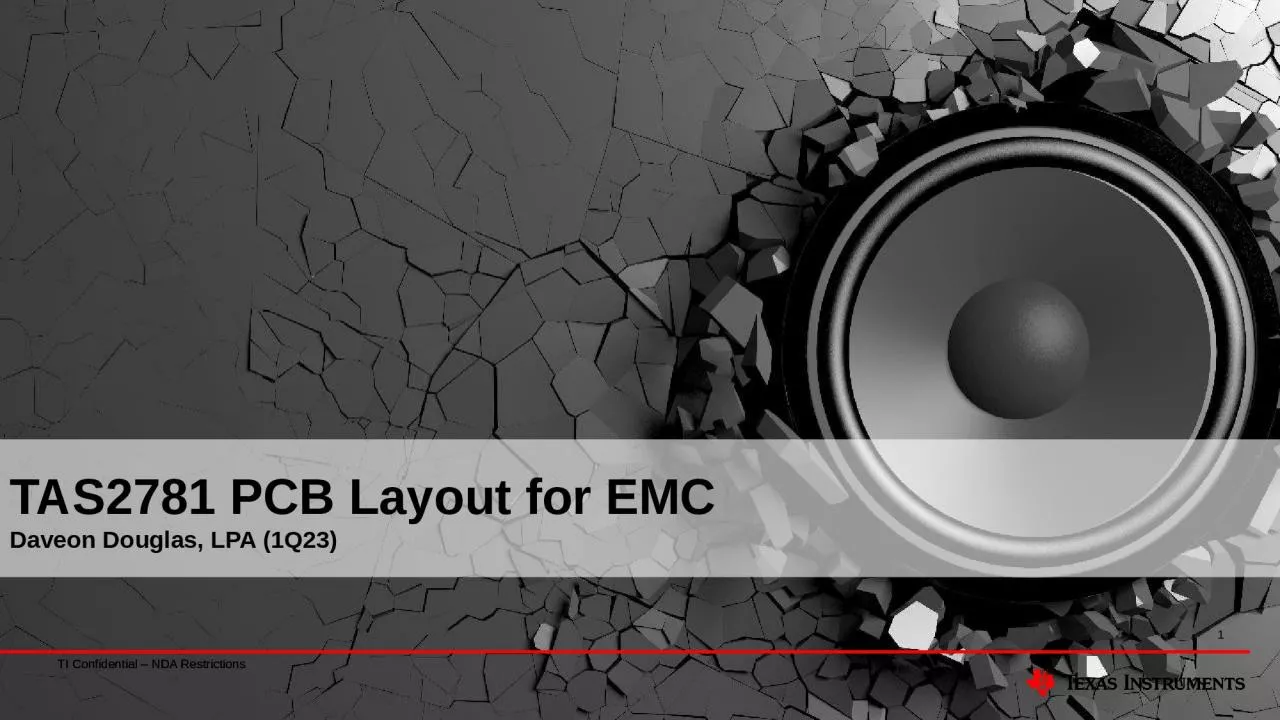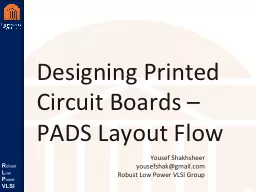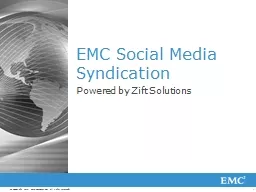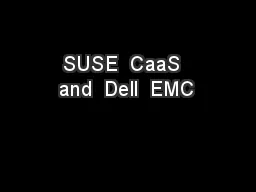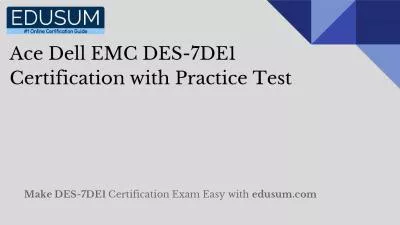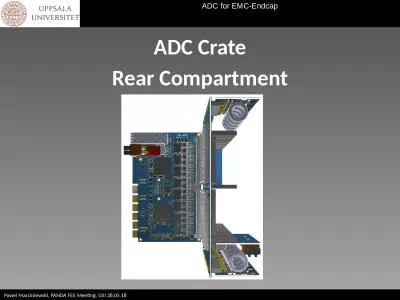PPT-1 TAS2781 PCB Layout for EMC
Author : payton | Published Date : 2024-01-29
Daveon Douglas LPA 1Q23 PCB Electrical Order of Priority Ground Plane Input Placement Decoupling Placement and Connection EMC Circuit Placement and Connection
Presentation Embed Code
Download Presentation
Download Presentation The PPT/PDF document "1 TAS2781 PCB Layout for EMC" is the property of its rightful owner. Permission is granted to download and print the materials on this website for personal, non-commercial use only, and to display it on your personal computer provided you do not modify the materials and that you retain all copyright notices contained in the materials. By downloading content from our website, you accept the terms of this agreement.
1 TAS2781 PCB Layout for EMC: Transcript
Download Rules Of Document
"1 TAS2781 PCB Layout for EMC"The content belongs to its owner. You may download and print it for personal use, without modification, and keep all copyright notices. By downloading, you agree to these terms.
Related Documents

